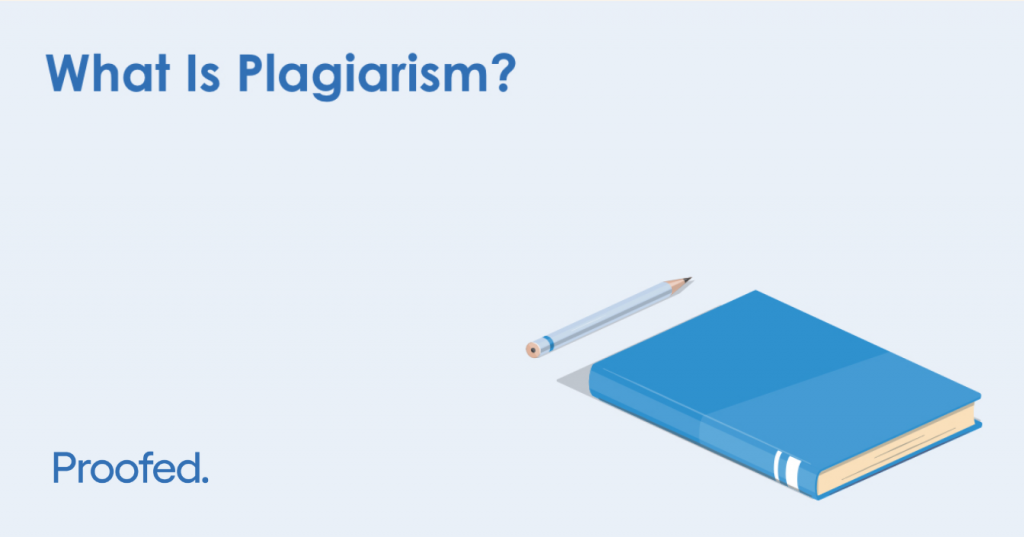Universities are always working on ways to combat plagiarism. But what exactly is this? And how can you avoid it in your written work?
What Is Plagiarism?
Plagiarism is presenting someone else’s words or ideas as your own. This may involve a number of things, but common examples include:
- Using someone else’s ideas without acknowledging them.
- Copying text without attribution.
- Presenting other people’s images or illustrations as your own.
All the above can be seen as ‘stealing’ someone else’s work. A journalist, for example, might use quotes from another source without attribution. Or a student might copy an essay from the internet. And it doesn’t matter whether this is deliberate or accidental. If you use someone else’s words or ideas without acknowledging a source, it will be classed as ‘plagiarism’.
What Counts as Plagiarism in an Essay?
If you are a student, your university will have guidelines about plagiarism. Punishments may include losing marks on an essay or even losing your place on your course. As such, it is vital to check your institution’s guidelines (you can usually find this info online).
Nevertheless, things that usually count as plagiarism in an essay include:
Find this useful?
Subscribe to our newsletter and get writing tips from our editors straight to your inbox.
- Failing to cite sources when using someone else’s words or ideas.
- Not using quotation marks when quoting a source.
- Using images or photographs from the internet without a source.
- Giving incorrect information about sources.
- Handing in work that is mostly other people’s words, even if you have cited sources (e.g. an essay that is 80% quotations).
- Turning in someone else’s work (e.g. a paper from an essay mill).
These examples vary in severity, but you must avoid them all.
How to Avoid Plagiarism
To make sure your writing is free from accidental plagiarism, make sure to:
- Check your style guide for information on referencing.
- Keep a detailed list of sources and cite them in your text.
- Always use quote marks when using another author’s words.
- Cite any images or photographs used in your work.
- Try to paraphrase instead of quoting, adding your own ideas as much as possible (e.g. as well as describing someone else’s views, provide your own commentary or critique).
And don’t forget to have your work checked by our specialist student proofreading service. As well as correcting errors, we can highlight issues that could be perceived as plagiarism, such as missing citations. You can then go back over your work and make sure it is perfect before submitting it.
